A1 | Integrated Amplifier
The A1 is a true Hi-Fi classic.
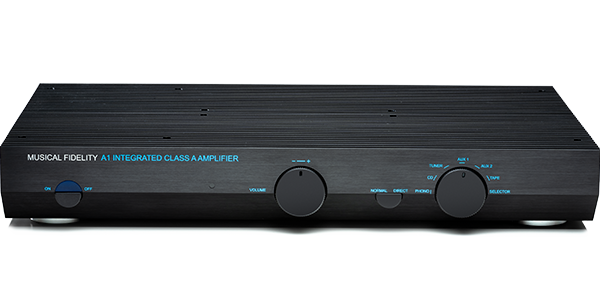
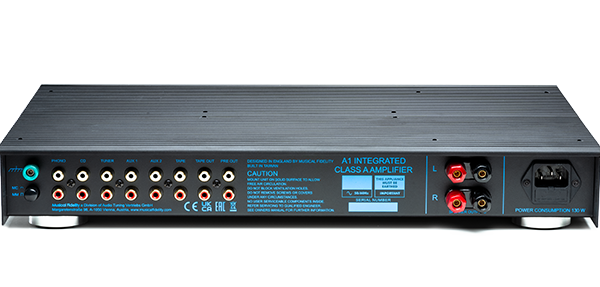































In Hi-Fi, the Musical Fidelity A1 has become one of the most classic designs – inside and out. First released back in 1985, it quickly made waves for being an absolute beast when it came down to driving some of the most difficult speakers of that time, even though it was actually a rather low powered integrated amplifier. But: it was all done in pure Class A with excellent and expertly laid out discrete symmetrical circuitry topology and using only highest quality components. The A1 showed people that there was more to amplifiers than just high power.
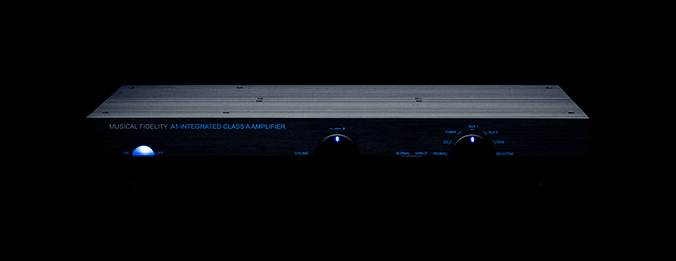
Based on its huge success, the A1 has gone through multiple reissues and new versions over the years.
Now for 2023, for the first time since its initial release we have actually kept all specifications, the appearance and circuits of the 1985 rendition for those who missed out the first time. With an updated transformer, power supplies and modern low noise components we’ve revitalized the formula and are proud to reintroduce the fresh original – three decades later.
The A1 is built around a completely discrete and symmetrical Class A topology. It‘s able to output 25W of pure Class A power @ 8 ohms load with 25A of maximum output. While the numbers here might seem rather low, the ability for the output stage to drive difficult speakers is a small miracle in itself. The amp design being dynamic class A, and if Class A standing current is exceeded, it will automatically allow more. It therefore “slides” (NOT “switches”) smoothly into class B style operation, temporarily allowing the further current draw needed.
The new A1 has received an updated transformer from shared (1985 original) to more efficient “dual mono split rail” windings. The amp stages are supplied by fully independent left and right power supplies for better power handling and stereo imaging and each power amplifier now has double supply capacity resulting in reduced ripple and noise.
The transformer‘s noise and heat dissipation are reduced due to better efficiency and updated components. The main supplies are filtered for better regulation and reduced switch on surge.
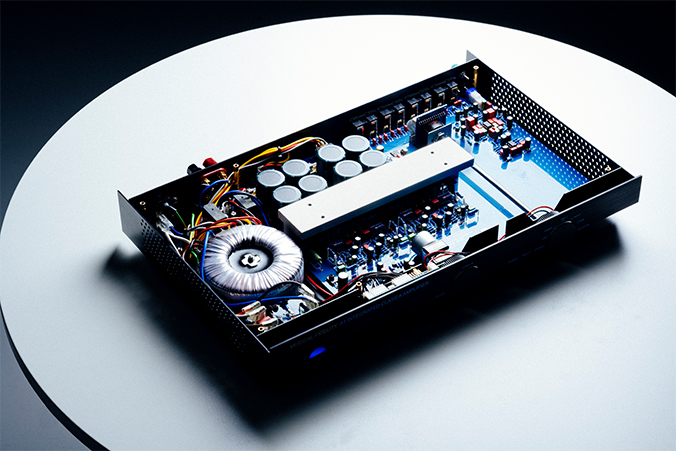
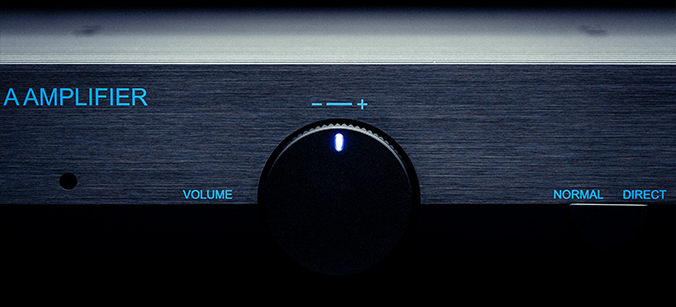
The low noise preamplifier circuitry is the same as the original 1985 design and, as we have highlighted above, greatly benefits from the improved, fully smoothed and regulated power supplies.
Among the discernible alterations, one that immediately catches the eye is the addition of a new „direct“ switch at the preamp stage. With this switch you can totally bypass the gain block before the volume control, resulting in roughly 10dB less gain. This feature proves particularly advantageous when working with modern or high-output digital sources, enabling fine tuning the range of your volume potentiometer and accommodating sensitive loudspeakers.
Furthermore, a notable upgrade has been made to the volume potentiometer itself, now replaced by a premium ALPS RK series potentiometer. This high-quality component ensures superior performance and enhanced precision. Additionally, the potentiometer is now motorized, granting you the convenience of adjusting the volume from the comfort of your couch, courtesy of the new included remote control.
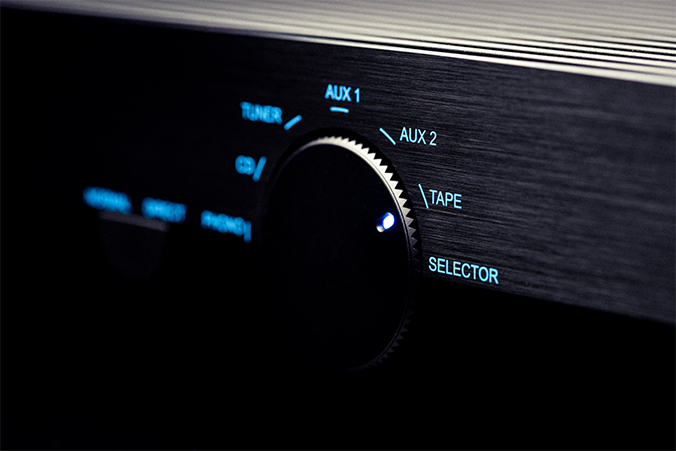
The A1 employs a discrete current-mode input stage for lowest noise amplification of MC and MM cartridges. A low noise current to voltage conversion stage is used for further amplification and RIAA equalization. Automatic input impedance matching for the selected MC input, along with increased gain increases the versatility of the A1‘s phono stage.
The A1 has one secret. This secret is simple: it makes music. It sounds sweet and fluid and creates a beautiful atmosphere around natural instruments. Especially in small to mid-sized rooms, carefully set up with a pair of great two-way speakers. It is not a powerhouse, but music lovers will cherish its abilities.
It‘s also not a product that you‘ll want to hide. A perfect example of form follows function. The oversized heatsinks define the A1‘s look, but they are essential for its operation. Truly unique, from the outside and inside.
The A1 has a sweet, warm, full and exciting sound. No harshness. No grain. Just pure music. It doesn‘t get muddy, and despite its lower power, drives difficult speakers with ease. It remains clean right up to its power limit. To hear what the A1 does is to hear what Hi-Fi is supposed to do: it makes music, pure and simple.
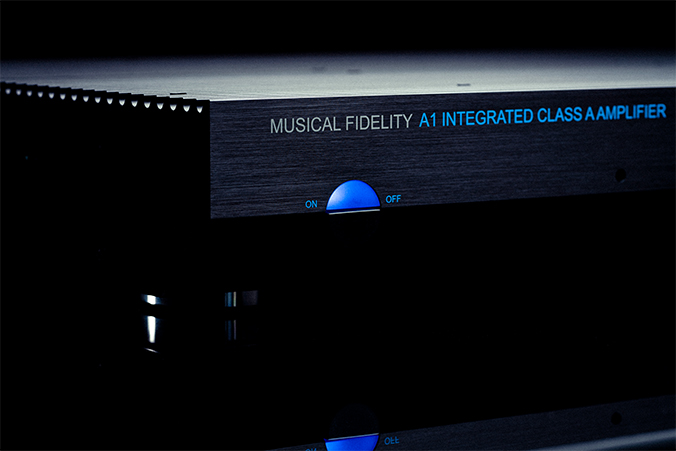
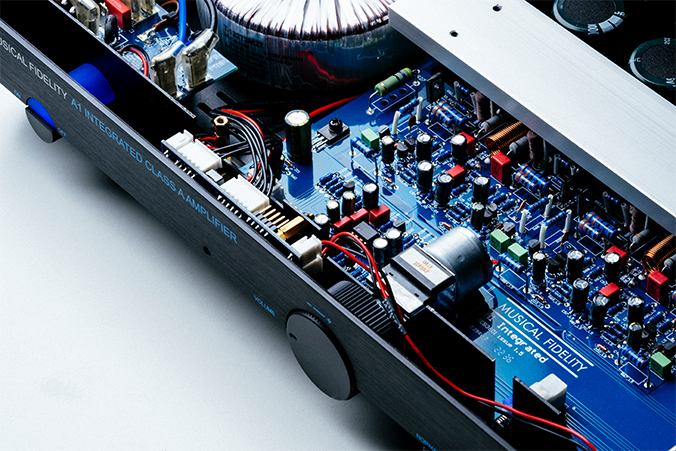
"This Class A unit picks up where its predecessor left off – notable for an organic, almost tube-like presentation."
EISA 08/2024